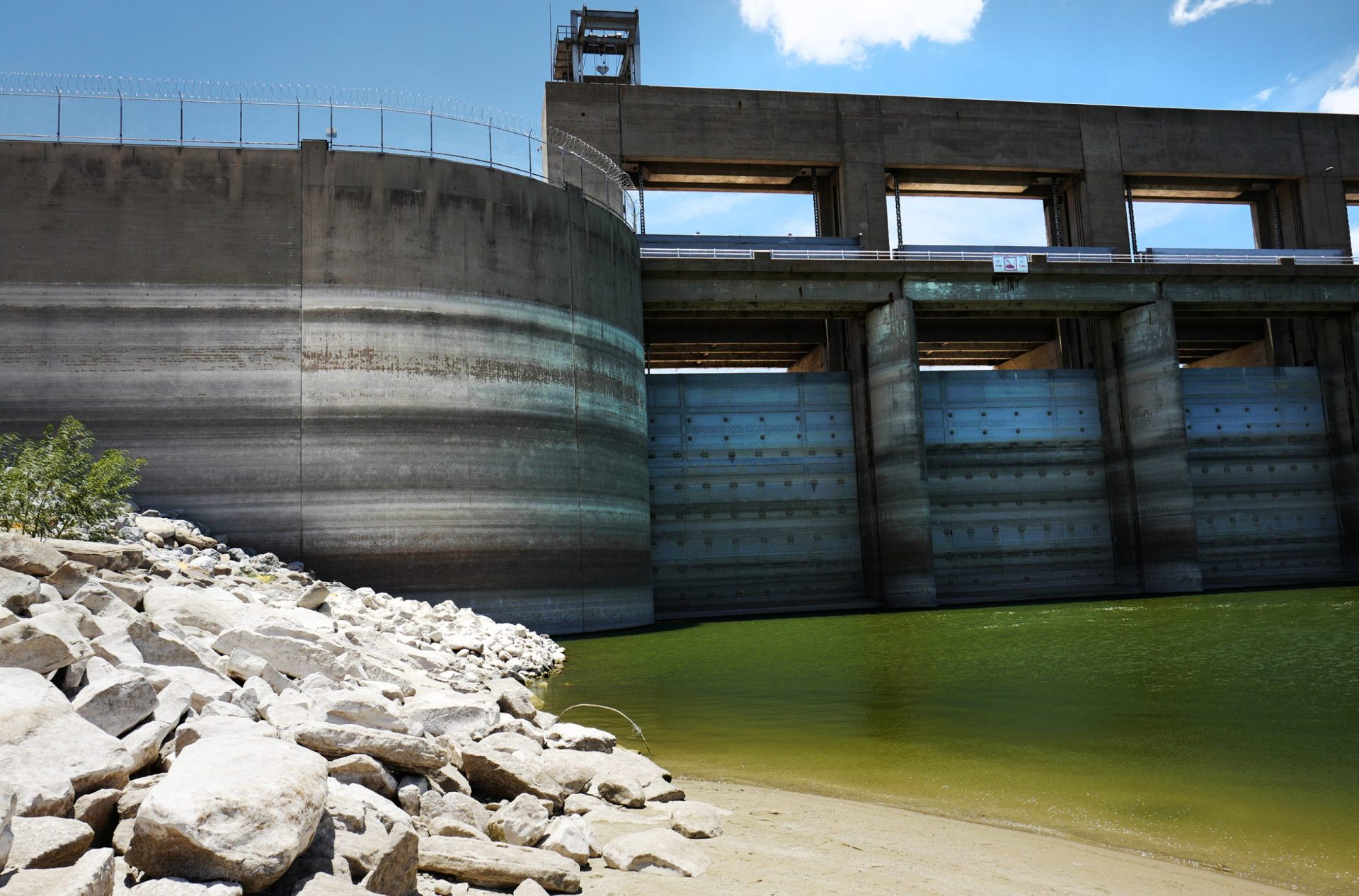|
Only have a minute? Listen instead
Getting your Trinity Audio player ready...
|

The yellow-colored grasses along our highways and yards are becoming an all-too-common sight now. Our grass is not just scorching under the high temperatures, but it’s also suffering from the lack of rainfall. In the same way, so are we. This summer’s heat is burning up our agricultural economy and straining our water suppliers. We have trodden near the official drought label for some time now, but it’s here — and it’s not looking to stop anytime soon.
The National Oceanic and Atmospheric Administration reports that roughly one-third of the nation is in drought, a percentage that has been on the rise for eight straight weeks. The Rio Grande Valley and our precious Rio Grande River are definitely feeling the effects. We are in trouble. We rely on the Rio Grande River to provide the vast majority of the Rio Grande Valley’s water supply.
Last week Region M Water Planning Group Chairman Jim Darling expressed how rapidly our water supply from the Rio Grande is decreasing and how close our region is to falling below 20% storage at the Amistad and Falcon Dams. Once the water levels drop to below 20% capacity in the two dams, local entities will have to take drastic actions to conserve water. Conservation efforts such as stopping all agriculture water supply and ceasing development by not issuing any new building permits will be widespread. Cities like McAllen and Rio Grande City have already issued Stage 2 water restrictions to safeguard the limited supply of water in the river, and others will follow suit. They have to.
The International Boundary and Water Commission, the binational agency in charge of tracking the water levels within the Rio Grande River Basin and the Amistad and Falcon Dam reservoirs, reports that to-date Mexico has only released the equivalent of 20.7% of its water deliveries it is required to over a 5-year period. Mexico has two years to release the remaining balance but expecting them to do this now — when they are facing similar environmental stresses — is unrealistic.
We need to diversify our water supply sources and earnestly look at innovative solutions like water reclamation, to better withstand periods of drought. Hidalgo County, with its Delta Region Water Management Project (or Delta Project for short), is proposing a plan that boosts the resiliency of our water supply. When this multi-phase project is complete, the region will benefit from more than 12,000 acre-feet of new water supplies a year and flood mitigation from sister detention ponds proposed. This project reclaims water from our drainage ditch system and treats it to potable levels. With support from local, state and federal partners, Hidalgo County has obtained the water rights to the flows within the drainage ditch system, obtained status as a wholesale water provider, and purchased a site for the first treatment facility in northern Hidalgo County. Two other reclamation water treatment plants are planned in Hidalgo County and a fourth one is planned for Willacy County.
The first reclamation treatment facility, and an associated regional detention pond, is proposed on a 200-acre site north of La Villa, adjacent to the Panchita Flood Control Structure. Because this water source is new to the state, the Texas Commission on Environmental Quality is requiring water quality data and a pilot study to prove that the water can be treated to drinking water standards. Hidalgo County, through Hidalgo County Drainage District No. 1, has invested bond funding from the 2018 and 2023 drainage bonds to push this project forward, but it takes support from all levels of government to get a project like this off the ground. Continued support to find funding to make this forward-thinking project a reality and build a more resilient water supply for the region is needed.
The Texas Water Development Board’s website states that “history demonstrates that extended droughts are natural phenomena in Texas, often punctuated by times of flood.” The Delta Project presents another water source to help survive the droughts and has a sister project that helps mitigate floods.
As a local leader who has championed this Delta Project, I am proud to blaze the trail for this path for reclaimed water in Texas with the other regional, state and federal leaders who also support this project. As Steve Jobs said, “If you are working on something exciting that you really care about, you don’t have to be pushed. The vision pulls you.” That’s how I feel about this project.
David L. Fuentes is Hidalgo County Precinct 1 commissioner.




